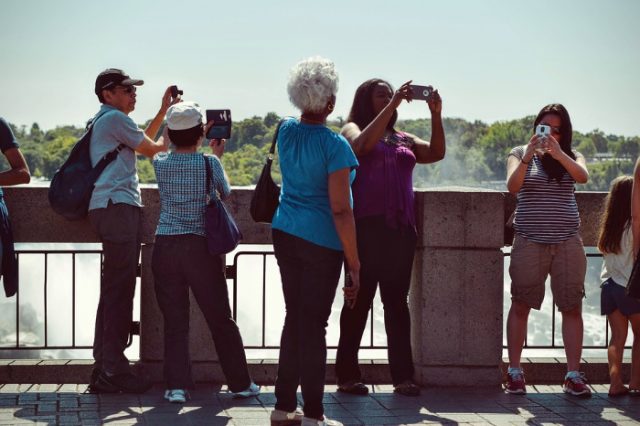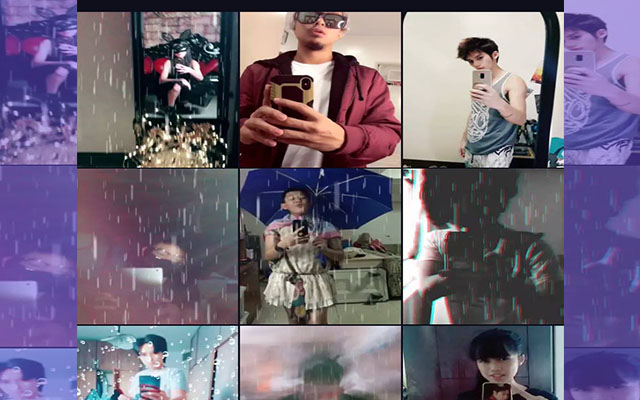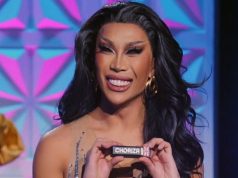
BEIJING — YouTube, one of the biggest video-hosting services, boasts of over 1.5 billion users as of May 2018. It is evident that people continuously use the website to create and share user-generated content for the viewing consumption of the public.
There are applications specifically created for the purpose of creating and sharing videos, particularly in mobile format. These are Vine (now defunct), Dubsmash and Tik Tok, to name a few.
They encourage everyone to express their creativity in short-form videos or in easily viewable formats through the smartphone, which everyone has access to.
This is because videos are one of the most creative and modern ways to express oneself in the age of social media. It enables content creators and digital influencers to connect with people and showcase their creativity.
Tik Tok, a Chinese-made app, lets its users express themselves through the use of filters, songs and special effects enhanced by artificial intelligence.
It enables people to upload and share short videos while at the same time, gain lots of friends.
The application has been used by local celebrities like Awra Briguela, Maymay Entrata and Edward Barber.
Videos as self-expression
As avid social media users, Filipinos are very much involved in the digital sphere. In fact, some of the most recognized digital influencers in the country use videos to create content and amass followers.
Maine Mendoza, the touted “Phenomenal Star” in the entertainment industry, started out as an online sensation when she uploaded hilariously lip-synched videos on the Dubsmash app.
Kapamilya actress Alex Gonzaga is also popular for uploading well-edited video blogs or vlogs that are unfiltered and spontaneous.
Filipino-American Wil Dasovich is known for his travel vlogs but he initially gained recognition for his “bekinese” videos.
Bretman Rock, another Filipino-American influencer, was followed for his hilarious makeup tutorials that earned him millions of viewers.
The real deal in video making
According to a study by Maggie Griffith and Zizi Papacharissi in 2010, people create videos and vlogs as a means to “reconstruct” their identities and play with different features of their own personalities.
This is apart from the main reason — to generally express themselves through the medium.
“In creating an online space, whether a Web site or a vlog, that ‘corresponds to one’s interests,’ an identity can emerge because specifically selected elements of oneself are represented,” the study notes.

Additionally, Griffith and Papacharissi argue that people want to understand themselves and their society through their videos:
“Like a Web site, personal vlogs are online spaces where vloggers share information about themselves. Information provided on a site represents an identity that a vlogger wants to convey. Deciding which information to share with others is part of the identity process.
“Personal vloggers, whether presenting genuine selves or characters, are trying to understand themselves and society better. Identity and self–presentation are interrelated because a given presentation reflects a specific identity that a performer wants to display.”
Editor’s note: The trip to China was hosted by the Chinese embassy to promote tourism. At no stage does the host have a say on the stories generated from the coverage, interviews conducted, publication date and story treatment. Content is produced solely by Interaksyon.com following editorial guidelines.









